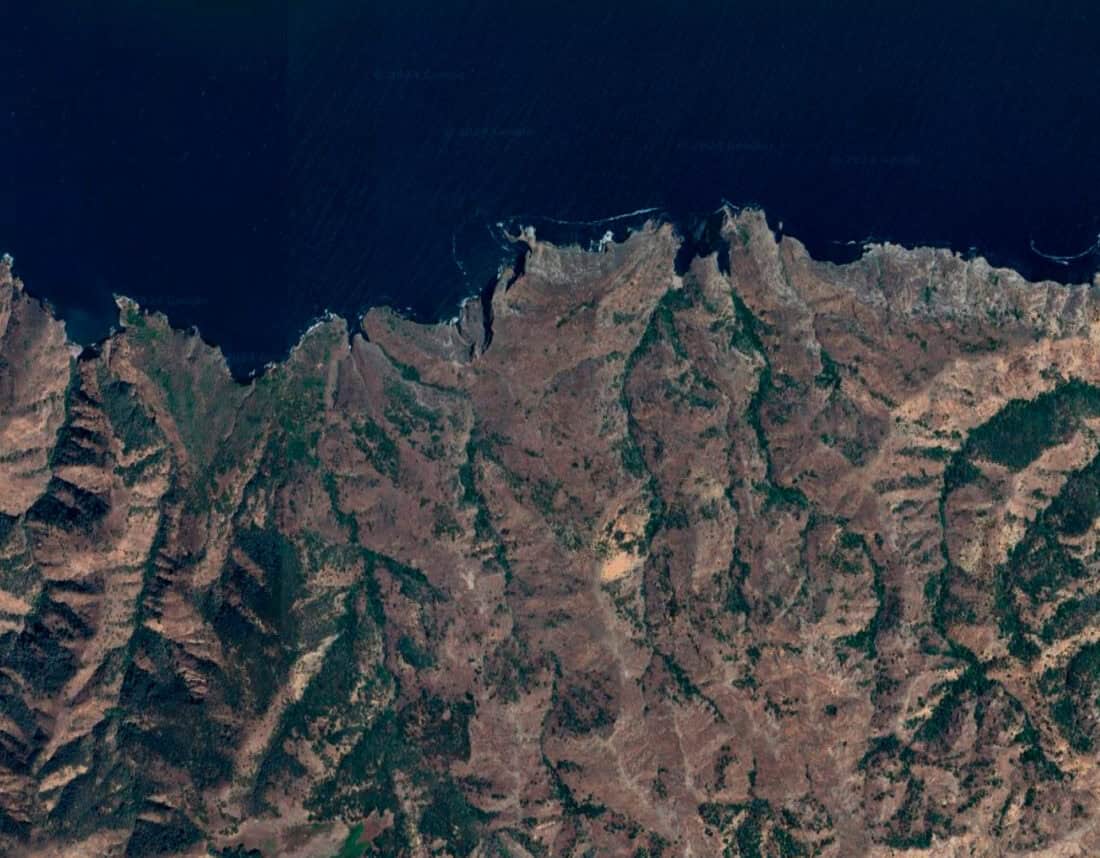Feasibility of Establishing Albatross Breeding Colonies in the California Channel Islands

Partners: The Nature Conservancy of California, U.S. National Park Service, U.S. Navy.
Since 2020, we have been working with The Nature Conservancy of California to assess the value and feasibility of attempting to establish albatross colonies in the California Channel Islands to increase the resiliency to climate change. Laysan (Phoebastria immutabilis) and Black-footed Albatrosses (P. nigripes) primarily nest on atolls in the Northwestern Hawaiian Islands that are threatened by inundation from sea level rise and increasing storm surge associated with climate change. Restoration or creation of breeding colonies on higher islands are among the highest priority conservation actions to enhance the viability of these species. A previous U.S. Fish and Wildlife Service structured decision-making analysis identified the California Channel Islands as a possible restoration site for Black-footed Albatross.
The California Current is part of the natural foraging ranges of Laysan and Black-footed albatrosses, and archaeological evidence indicates albatrosses were common in the California Channel Islands prehistorically, yet neither species nests in the Channel Islands. We assessed the feasibility of creating albatross breeding colonies in the Channel Islands using social attraction and translocation, and the suitability of each island.
We used a risk analysis framework developed for the U.S. National Park Service to evaluate the potential ecological risks of this action. In 2021, we met with biologists and managers from the National Park Service and the U.S. Navy, and we visited several of the Channel Islands to gather information. Creating an albatross colony in the Channel Islands is feasible using available methods. Santa Barbara and San Nicolas islands would be most suitable for albatross.
Social attraction is less expensive and might be effective for creating a Laysan Albatross colony because that species is already visiting some islands. Translocation would be necessary to create a Black-footed Albatross colony. The risks associated with attempting to establish albatross breeding colonies in the Channel Islands were deemed to be generally low, but the risk of no action is high to these albatrosses. This can be a useful assisted colonization case study that can inform decisions by land managers and agencies regarding the conservation of North Pacific albatrosses and other species.
Click here for the final project report: (Link coming soon)
